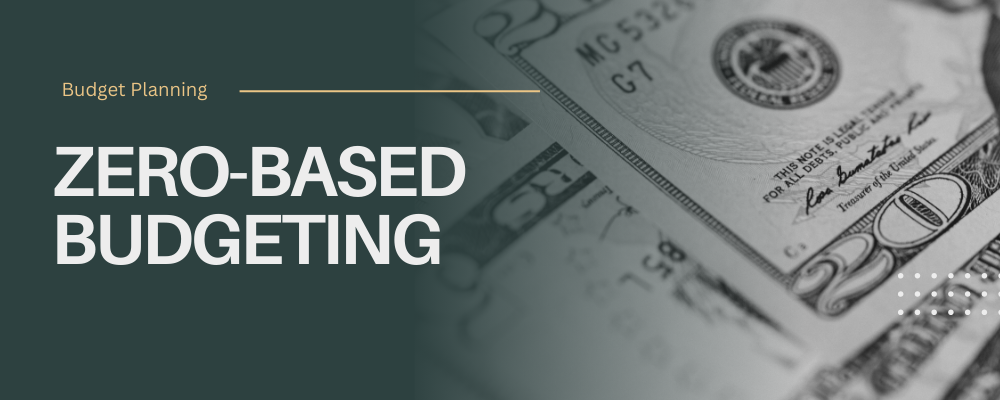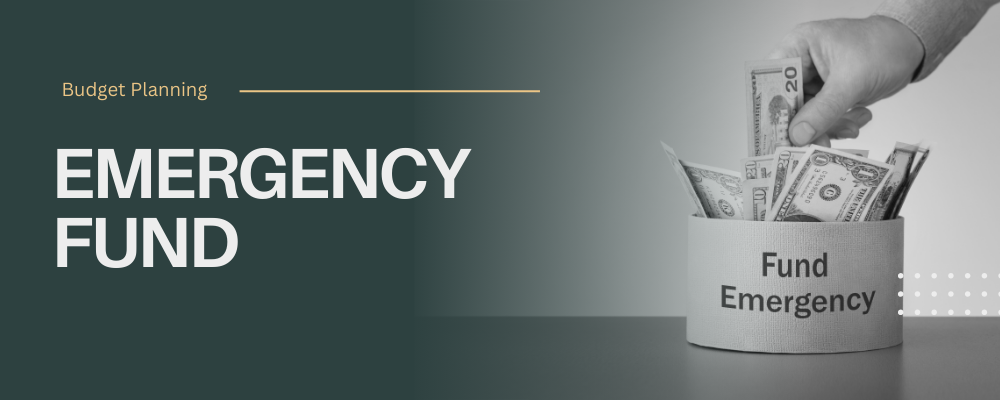Ever find yourself lost in the maze of bills, online shopping sprees, and that lingering voice in your head saying, “Got to save more”?
If you nodded yes, you’re in the right place! Welcome to the world of the 50/30/20 budgeting rule, a simple yet effective strategy to help you control your spending, enjoy your earnings, and plan for the future. With just three easy-to-follow categories, you’ll soon find yourself navigating financial waters like a pro. Ready to dive in? Let the adventure begin!
Understanding the 50/30/20 Budgeting Rule
Let’s delve deeper into the world of budgeting with our savvy friend, the 50/30/20 rule. This tried-and-true method is popular among both personal finance newbies and seasoned budgeters. It’s made to simplify your financial life and help you spend smarter. Here’s what you need to know!
• Definition and Origins of the 50/30/20 Rule
The 50/30/20 budgeting rule was developed by none other than Elizabeth Warren, a US Senator and Harvard bankruptcy expert, with her daughter, Amelia Warren Tyagi. The family-oriented duo introduced this budget model in their book, “All Your Worth: The Ultimate Lifetime Money Plan,” to revolutionize how people manage their money. This method breaks down your after-tax income into three broad categories: 50% for needs, 30% for wants, and 20% for savings. It’s designed to provide a simple yet comprehensive framework to help you make informed financial decisions.
• Breakdown of the Budget Categories
Now that we’re familiar with the concept, let’s go over the three key components that make up the 50/30/20 rule:
– Needs (50%): This category includes all your essentials or must-haves. Consider this the core of your budget—the things you cannot live without. Make sure these items stay in the realm of practicality. Needs generally include housing, utilities, transportation, groceries, insurance, minimum loan payments, and other essential bills. If skipping it would put your financial stability or day-to-day life at risk, it likely belongs to this category.
– Wants (30%): These are expenses that enhance your quality of life but aren’t necessities. Wants are more like the spices of life, adding flavor but not sustenance. Dining out, entertainment subscriptions, the latest gadgets, vacations, and hobbies typically fall under this umbrella. It’s crucial not to confuse these with needs so you don’t inadvertently skew your budget. Remember, wants bring joy and enjoyment, so it’s healthy to reserve a portion of your income here.
– Savings (20%): This portion of your budget is dedicated to securing your financial future. It includes building up an emergency fund, investing, and making additional payments on any debts (after minimum payments are covered). This category is your safety net, helping you prepare for unexpected expenses and financial goals.
• Benefits of Using the 50/30/20 Rule
The 50/30/20 rule is favored for several reasons, and its simplicity is just the start. Here’s why folks love it:
– Easy to Follow: The rule’s simplicity makes it accessible. You don’t have to track every cent, which reduces the stress and time involved in micromanaging finances.
– Flexibility: It provides a flexible structure. It doesn’t strictly dictate every purchase; instead, it offers broad guidelines, allowing room for adjustment based on individual circumstances.
– Encourages Balanced Spending: By distinguishing between wants and needs, it reminds us that both are necessary parts of life. This balance prevents overspending in one category at the expense of another.
– Promotes Savings and Debt Reduction: The dedicated savings portion ensures that financial goals and preparedness for the future are prioritized.
Implementing the 50/30/20 Budgeting Rule
Now that you have a good grasp of the rule itself, let’s dive into how you can make it work for you. Here’s a step-by-step guide to implementing the 50/30/20 budgeting rule in your daily life.
• Assess Your After-Tax Income
The first step is to determine your after-tax income. This is the total amount you take home after taxes and other mandatory deductions, such as retirement contributions and health insurance premiums. If you’re employed, this amount is usually shown on your paycheck as your “net income.”
For freelancers or self-employed, this step might require a bit more calculation. Subtract your business expenses and estimated tax payments from your gross income to find your net earnings. Having a clear picture of your after-tax income means you’re ready to allocate it according to the 50/30/20 rule.
• Identifying Needs, Wants, and Savings
Now it’s time to categorize your spending. Let’s break it down:
Identifying Needs: Make a list of your essential expenses. You might want to review your past few months’ bank statements to see where your money has been going. These should be non-negotiable items you need to maintain your lifestyle and financial commitments.
Identifying Wants: Distinguish between your wants and needs. Revisit your spending history to uncover patterns and habits that fall into this category. Remember, treating yourself is part of a healthy budget, but moderation is key.
Identifying Savings: Define your savings goals. Consider both short-term goals like a vacation or emergency fund and long-term goals like retirement or buying a home. Knowing your savings priorities will motivate you to stick to the savings plan.
• Adjusting the Rule to Fit Your Lifestyle
One of the beauties of the 50/30/20 rule is its adaptability. Your financial situation might not perfectly fit the standard categorization. Therefore, adjusting the percentages to suit your needs is not only acceptable—it’s encouraged! Here’s how:
– High Cost of Living Areas: If your needs take up more than 50% due to high housing costs, you might have to temporarily reduce your wants or savings until you can adjust your living situation or income.
– Aggressive Savings Goals: If you’re aiming to buy a house soon, you might shift from a 50/30/20 to a 50/20/30 to supercharge your savings.
– Fluctuating Income: Freelancers or those with variable income should aim to keep a buffer by conserving portions of their wants or needs budget whenever possible.
By remaining flexible, the 50/30/20 rule can support your financial goals even if your circumstances change. Regularly reviewing and adjusting this budget ensures it remains a tool that works for you, not against you.
As you start implementing this budgeting technique, remember that achieving financial balance is a journey, not a race. The 50/30/20 rule provides a solid foundation for sustaining yourself today while preparing for tomorrow. Remember to be patient and kind with yourself as you navigate through this process—every small step counts toward better financial health!
Challenges and Solutions
The 50/30/20 budgeting rule is a straightforward way to manage your finances, but like anything else, it can come with its own set of challenges. Let’s explore some common hurdles people face and how you can tackle them with ease!
• Overcoming Tight Budgets
One of the biggest challenges of budgeting is making it work when money feels tight. When your paycheck is stretched thin, allocating 50% of your income to needs, 30% to wants, and 20% to savings might seem daunting. But fear not—there are solutions!
– Prioritize Your Needs: First and foremost, make sure your essential expenses, like housing, utilities, and food, are covered. You might discover some expenses mistakenly categorized as needs that are, in fact, wants.
– Cut Down on Wants: Look for places you can trim without sacrificing happiness. Perhaps consider home-cooked meals instead of dining out or use streaming services instead of cable.
– Seek Better Deals: Always be on the lookout for discounts, better insurance rates, or opportunities to negotiate a lower bill.
• Adapting to Financial Changes
Life is unpredictable, and so are your finances. Changes in income, unexpected expenses, and life events can make sticking to a budget a bit of a rollercoaster ride.
– Stay Flexible: Your budget isn’t set in stone. It’s okay to adjust the percentages a little as needed. If you get a raise, for example, consider putting a higher percentage into savings. Facing unexpected medical bills? It’s alright to temporarily adjust your spending to accommodate these new needs.
– Regularly Review Your Budget: Keeping a close eye on your monthly expenses can help you spot trends and make proactive adjustments. A regular financial check-in is key to ensuring your budget aligns with your current lifestyle.
– Emergency Fund: Start building an emergency fund if you don’t already have one. This fund is a crucial buffer against unforeseen financial hiccups and can prevent a minor setback from becoming a major crisis.
• Sticking to the Plan
Adhering to a budget plan requires a good dose of discipline and dedication, especially in today’s temptation-filled world.
– Set Clear Goals: Having specific, achievable financial goals can keep you motivated. Whether it’s saving for a vacation, a new gadget, or a rainy-day fund, having a target helps keep your efforts focused.
– Automate Savings: A great way to enforce the savings portion of the 50/30/20 rule is to automate it. Set up an automatic transfer from your checking account to your savings account each month. This way, saving becomes a no-brainer!
– Celebrate Small Wins: Celebrate sticking to your budget with small rewards. Did you manage your 50/30/20 allocations well this month? Treat yourself to a little something special—it’ll give you that extra motivation to stay on track.
In overcoming these challenges, remember that each step you take towards better budgeting is a step toward financial well-being. Be patient with yourself, stay adaptable, and celebrate your progress along the way!
Conclusion
The 50/30/20 budgeting rule offers a simple, yet powerful framework to manage your finances effectively. By dividing your income into needs, wants, and savings, you can easily prioritize financial goals while still enjoying life’s little pleasures.
– Needs: Ensure you’re covering essentials like housing, utilities, and groceries, setting a secure foundation.
– Wants: Allow yourself some fun and flexibility without financial guilt.
– Savings: Build a safety net to protect your future.
This balanced approach allows for spending on what matters most while maintaining control over your finances. Embrace the 50/30/20 rule and enjoy the peace of mind that comes with knowing you’re on track toward financial success!
-
50/30/20 Budget Google Sheets Template
$20.00$40.00 -
Monthly Budget Google Sheets Template
$20.00$40.00





